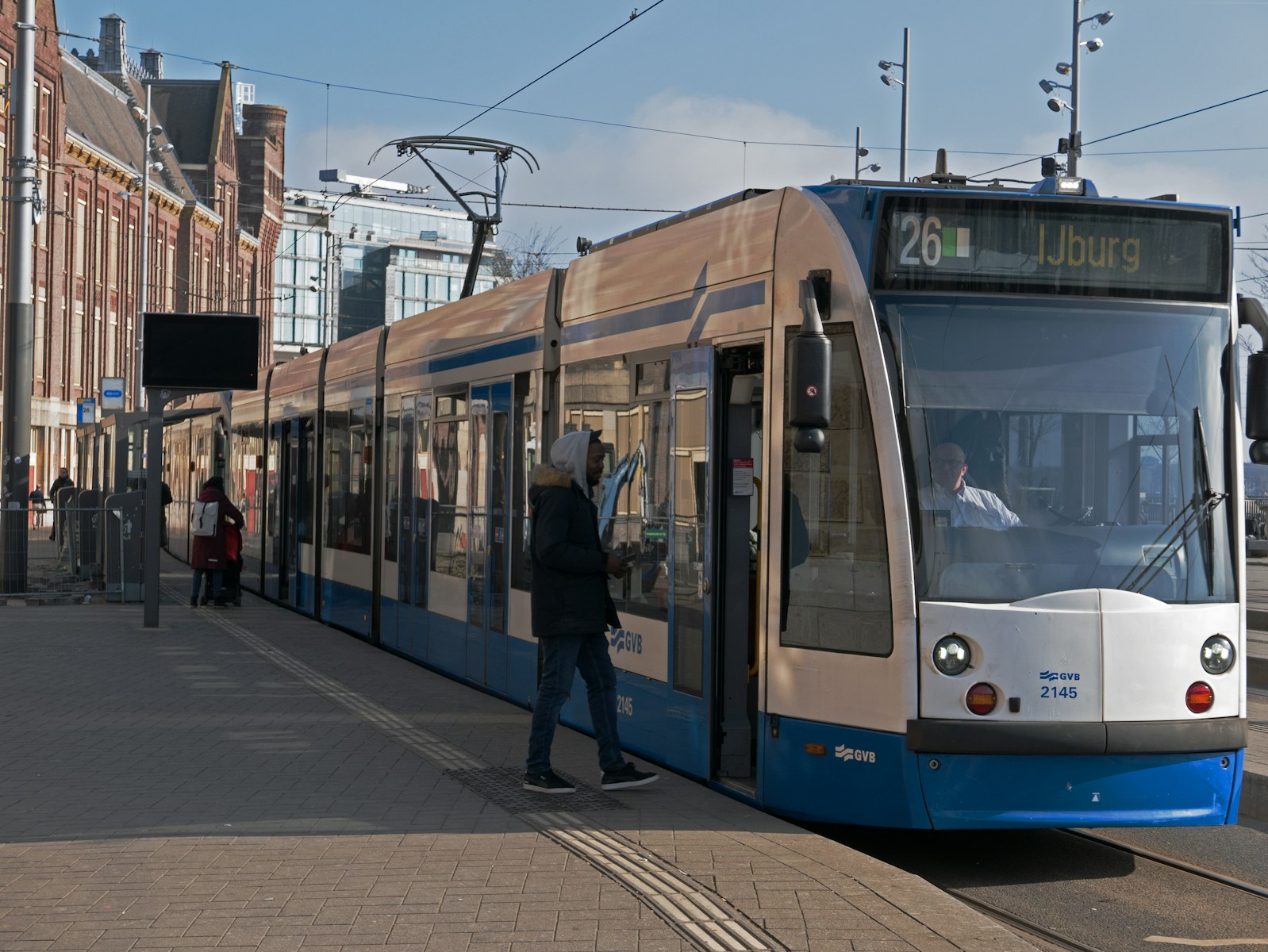Exploring the Educational Philosophy of Sugata Mitra
Why Emphasizing Imagination Over Memorization Matters
In today’s Innovative Education Strategies, the traditional focus on memorization often overshadows the critical development of imagination and creativity in students. Sugata Mitra, a renowned Indian educator, has highlighted this issue, advocating for a shift towards more engaging and innovative learning methods. By prioritizing imagination, educators can cultivate a learning environment that encourages students to think critically and solve problems creatively. This approach not only enhances student engagement but also prepares them to tackle the complex challenges of the modern world, where resourcefulness is as valuable as knowledge itself.
The Role of Technology in Enabling Creative Education
Integrating technology in education can provide unprecedented opportunities to foster a more imaginative learning experience. Tools like generative artificial intelligence and interactive learning platforms can simulate real-world problems and offer dynamic educational content tailored to the individual needs of students. These technologies encourage exploration and experimentation, crucial components of a creative learning process. In settings like those pioneered by Sugata Mitra, where minimal adult supervision and peer collaboration are utilized, technology acts as both a facilitator and an enhancer of imaginative learning.
Implementing Change: Challenges and Opportunities
Transitioning from a memorization-based education system to one that values creativity and imagination involves several challenges, including curriculum restructuring, teacher training, and resource allocation. However, the potential benefits—students who are more engaged, adaptable, and equipped with essential 21st-century skills—make these challenges worth addressing. Policymakers and educators in regions like Saudi Arabia and the UAE can lead this transformative journey by setting policies that encourage innovative teaching practices and by investing in educational technology that sparks student imagination.
Global Examples of Success in Imaginative Education
Worldwide, there are compelling examples of educational systems that have successfully integrated imagination and creativity into their curricula, showing significant benefits. Countries like Finland and Singapore have revamped their education models to prioritize critical thinking, problem-solving skills, and creativity over rote memorization. These changes have led to students who perform exceptionally well on international assessments and are well-prepared for a variety of career paths. Such models serve as inspirations for schools worldwide, illustrating the potential of education systems that value and cultivate the full spectrum of student abilities.
Enhancing Teacher Support to Foster Innovation in Classrooms
For a shift towards more imaginative education to be effective, teachers must also be equipped and supported. Professional development programs that focus on creative teaching methods can empower educators to depart from traditional lecture-based approaches. These programs should provide teachers with the skills to implement project-based learning, inquiry-based instruction, and the use of digital tools to create an interactive and engaging classroom environment. By supporting teachers in this transition, schools can ensure that the shift to creativity-enhanced curricula is sustainable and impactful.
Measuring the Impact of Creative Educational Practices
Assessing the effectiveness of innovative educational strategies is crucial to their widespread adoption and refinement. Traditional metrics of academic success, primarily based on standardized testing, may not fully capture the breadth of student learning when creativity is a core component. Therefore, developing new assessment tools that can evaluate critical thinking, creativity, and problem-solving skills is essential. These tools will help educators understand the benefits of their methods and adjust their approaches based on empirical evidence, thereby continuously improving the educational experience for students.
Collaboration Between Educational Institutions and Industry Leaders
Building partnerships between educational institutions and industry leaders can significantly enhance the relevance and effectiveness of imaginative education strategies. By collaborating, schools can gain insights into the skills and competencies that are most valued in the modern workforce, allowing them to tailor their curricula to better meet these demands. Industry leaders can offer real-world challenges that encourage students to apply their creative thinking and problem-solving skills in practical settings. Additionally, such partnerships can provide students with mentorship opportunities and internships, creating a seamless bridge between educational experiences and professional environments. This symbiotic relationship not only enriches the educational journey but also ensures that students are better prepared to enter a competitive and ever-evolving job market.
#InnovativeEducation, #SugataMitra, #CreativeLearning, #EducationalChange, #TechInEducation, #StudentEngagement, #21stCenturySkills









